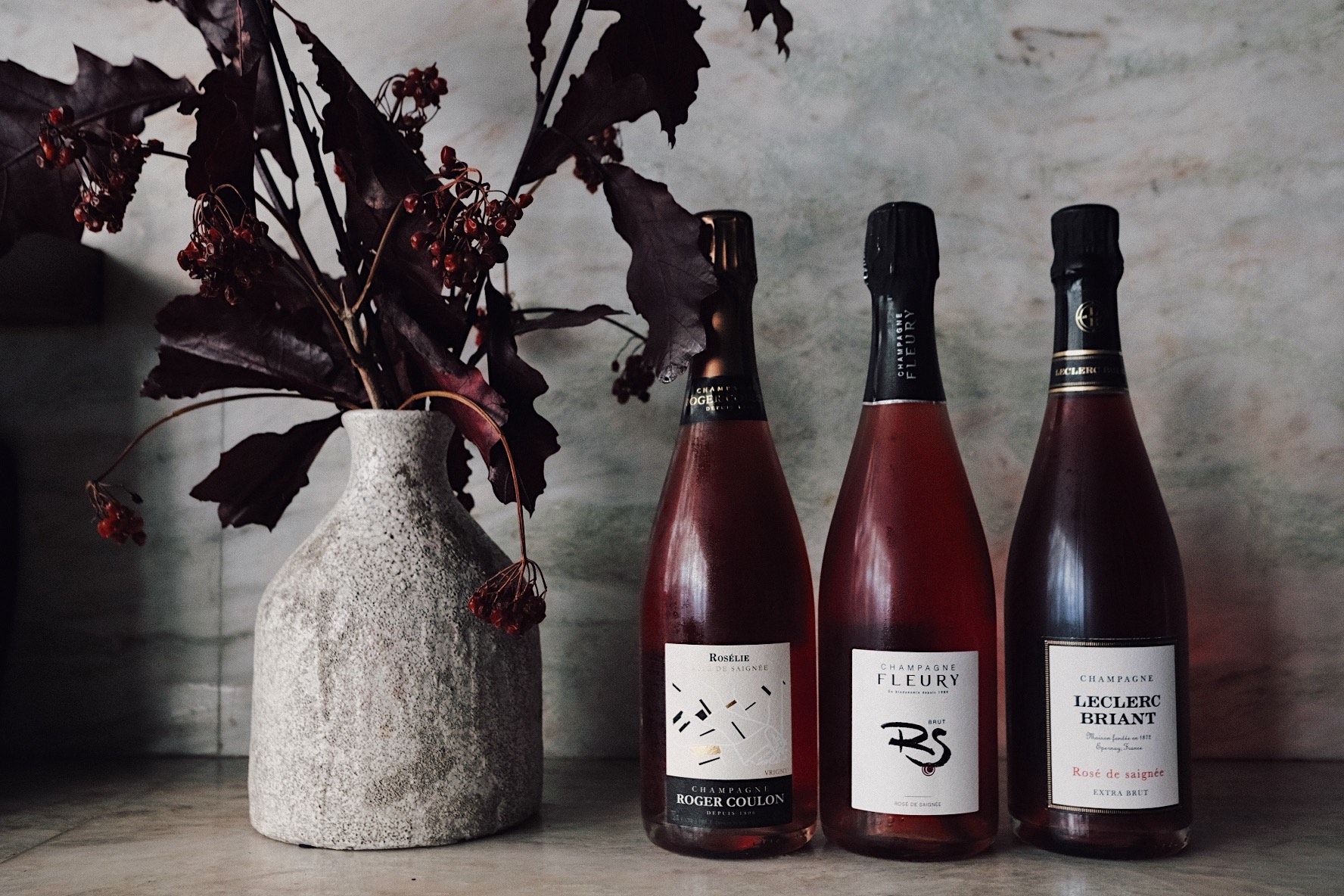It's time that this unique wine gets the love and attention it deserves
Pink champagne gets a bad rap. Often dismissed as frivolous and irrelevant, it’s viewed as less of a wine compared to the rest of the genre. A large part can be attributed to a stereotype perpetuated by the abundance of cheesy ads, oversized marketing budgets and frilly packaging sprung upon us by every big brand once a year around Valentine’s Day. Yet there’s much more to rosé champagne than sponsored afternoon tea pours.
Although it’s only in the last couple decades that it has grown into a category that represents 10 per cent of all champagne production, pink bubbles are no temporary fad. Recently uncovered documents prove that Ruinart was the first to sell rosé Champagne some 250 years ago, swiftly followed by Veuve Clicquot and, eventually, the rest of the region.
See also: How To Talk Authoritatively—And Interestingly—About Champagne
The vast majority of present-day bubbly rosé is created using blending, a method firmly credited to Madame Barbe-Nicole Clicquot of the eponymous champagne house. The famed widow opted to mix red and white wine prior to the second fermentation in a bottle, in order to achieve her perfect sparkling rosé. Sounds clever and innocent enough, yet there’s a good reason why this production method is not only uncommon, but actively discouraged in most wine regions—especially in France, where it is forbidden by law everywhere outside of Champagne.
While Veuve Clicquot rosé is famously an ode to black grapes—with pinot noir and pinot meunier accounting for up to 70 per cent of its blend—and topped with a hefty portion of still red wine, not every house is this generous. One of the industry’s dark secrets is that most rosé bubbles are almost indistinguishable from regular champagne when tasted blind, while being consistently priced at a premium. Almost all of these taste-alike wines are produced by the blending method with the sole aim to tint the otherwise colourless champagne with as tiny a splash of red wine as possible in order to give it a marketable baby pink hue.
That’s not to say that a handful of producers haven’t put real effort into elevating their blended rosé bubbles into a category of its own. The complex and richly coloured Duval-Leroy Rosé Brut Prestige, the opulent Egly Ouriet Grand Cru Brut Rosé, or the cult classic rosé by Krug as well as a few other exceptional wines made in this method, are all well worth seeking out.

But there is another pink champagne, made in a style capable of expressing the region’s remarkable history while defying the stereotypical flirty, light, retro femme expectations most people have about rosé. This other production method is Rosé de Saignée (pronounced “sen-yay”, meaning “bleeding” in French)—a historic but rare style of winemaking that reimagines pink champagne as a serious wine with a huge gastronomic appeal. Complex and terroir-driven, it subverts the pastel pink rosé genre by pouring all shades of blood orange, old rust and red brick in a glass.
While regular champagne is famous for producing perfectly clear wine out of black grapes by excluding any contact between the colourless grape juice and pigmented skins during the winemaking process, Rosé de Saignee does the exact opposite. It bridges the gap between red wine and sparkling, taking advantage of black grape character that regular champagne may not fully capture.
See also: Lady Gaga On Her Glamorous Collaboration With Dom Pérignon

